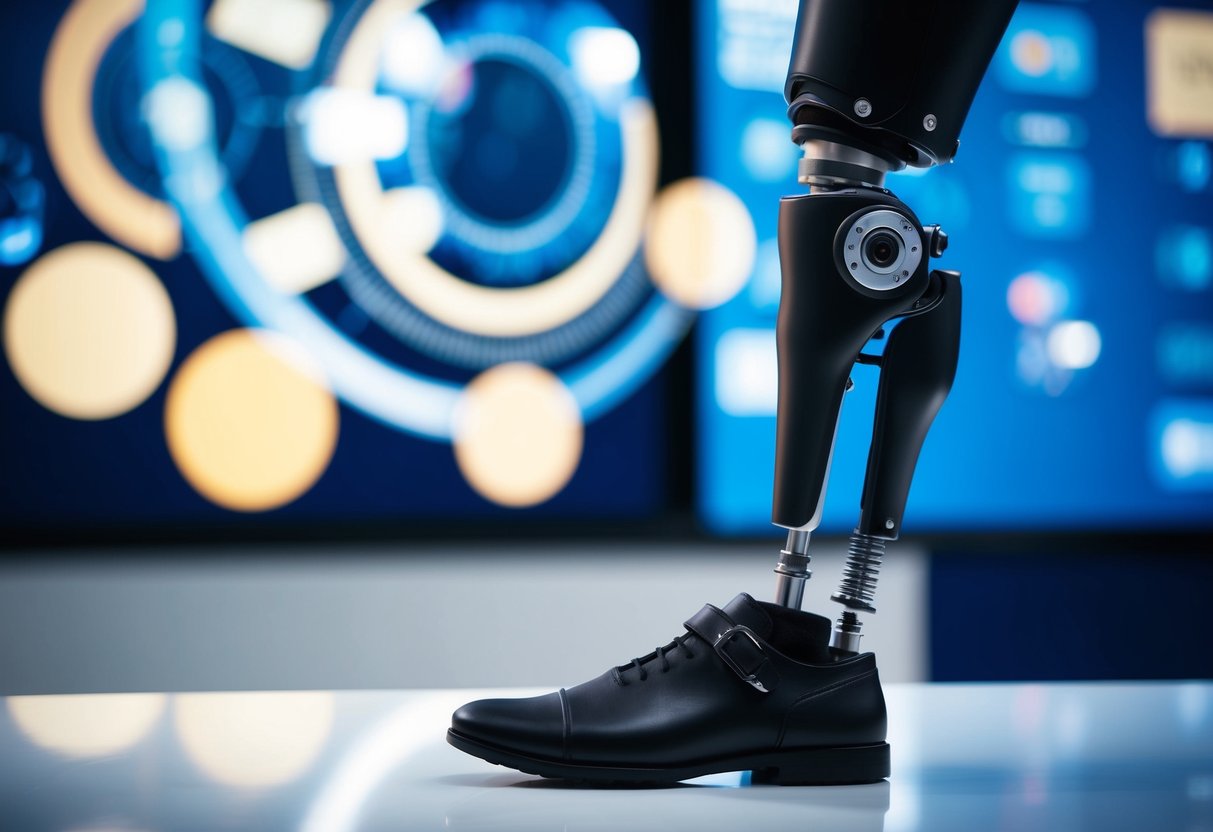
Customization and Adaptability
Customization is critical for effective prosthetic functionality, as every user has unique physical needs and preferences. Modern prosthetics incorporate adaptive AI that personalizes control systems in response to user habits and motions, enhancing overall performance. The ability to modify settings to individual requirements allows for a tailored experience that improves ease of use and comfort.
Adaptability extends to accommodating changes in a user’s condition over time. Prosthetics equipped with learning algorithms adjust to evolving patterns, providing long-term reliability. Such adaptability ensures that the prosthetics remain relevant and efficient, maximizing the user experience and contributing significantly to the ongoing integration of prosthetics into daily life.
AI in Prosthetics: Enhancing Quality of Life
The integration of artificial intelligence in prosthetics has significantly improved users’ autonomy and impact on daily living. Advancements allow individuals to engage more fully in routine activities and enhance their overall well-being.
Autonomy and Independence
AI-enhanced prosthetics offer increased autonomy by allowing users to perform tasks with minimal assistance. These devices are equipped with sensors and algorithms that adapt to different movements, helping users execute functions like walking, gripping, or even climbing stairs.
By simulating natural limb behavior, these prosthetics enable smoother movement transitions. Users gain the ability to move freely, leading to a heightened sense of control and personal freedom. This autonomy significantly increases their quality of life, reducing the need for constant caretaking.
Addressing the nuances of personal mobility, AI-driven prosthetic devices help users manage everyday life more effectively. Enhanced ergonomic designs tailored to individual body mechanics also contribute to reducing physical strain.
Impact on Daily Living
AI in prosthetics facilitates easier adaptation to everyday environments. Whether navigating crowded places or performing household chores, these innovations counterbalance the challenges often faced by prosthetic users.
With machine learning, prosthetic devices can learn from past user interactions, resulting in greater precision over time. This leads to improved user comfort and capability in diverse real-world situations.
Enhanced dexterity allows users to engage in activities previously limited by mobility constraints. Simple acts such as writing or lifting objects can be performed with confidence and reliability, enhancing the quality of daily life.
With continued developments in this field, the transformative impact on healthcare access and personal well-being is significant.
Research and Development in AI Prosthetics
Research and development in AI-powered prosthetics are advancing rapidly. This progress is evident in current trends and potential future directions, providing new hope for enhanced mobility and better quality of life.
Current Trends in AI Prosthetics
Recent advancements have led to the integration of machine learning algorithms into prosthetic devices. These algorithms enable adaptive systems that learn from user movements, optimizing functionality and comfort. Another trend includes the development of sensors that detect muscle signals, allowing prosthetics to perform more natural movements.
Research is also focusing on creating lightweight materials to enhance user comfort. Innovations in 3D printing have revolutionized the manufacturing process, allowing for cost-effective, customizable prosthetics. Additionally, collaborations between technology firms and healthcare providers are emerging, accelerating the pace of these innovations.
Future Directions and Potentials
Looking ahead, the potential for AI prosthetics includes developing self-learning systems that adjust autonomously to individual needs. This personalization could lead to devices that not only mimic biological functions but also enhance them. The integration of cloud computing may further improve data handling and device responsiveness.
Research is exploring brain-computer interfaces, aiming to create direct communication between the user’s brain and the prosthetic. Such advancements could result in prosthetics with intuitive control, akin to natural limbs. There’s also interest in expanding accessibility, making these technologies affordable and available worldwide, thus broadening their impact and transforming lives globally.